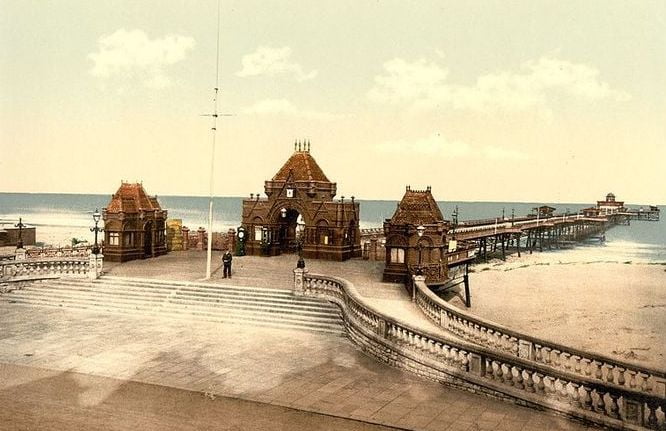Revolt and Formation of the Parthian State
In 255 B.C., Diodotus, the satrap of Bactria, rebelled against Seleucid rule, establishing an Indo-Greek kingdom in Afghanistan. Concurrently, the northeastern region of Iran witnessed a distinct development as the Parni, a nomadic tribe of uncertain Indo-European origin, led by chieftain Arsaces, revolted and established the Parthian state. Initially, the Parni may have had Scythian roots, hailing from Central Asia and sharing a nomadic lifestyle.
Early Parthian Leadership
Arsaces, falling in battle around 248 B.C. Jewish Sects and Antiochus’s Oppression, lent his name to the ruling dynasty. His brother Tiridates, reigning for thirty-seven years, played a crucial role in consolidating the new kingdom. Initially ruling from the mountains of Turkmenistan, Tiridates later established a new capital named Asaak or Arsak and crowned himself king. Reflecting their nomadic tendencies, the Parthians frequently shifted their capital, with Tiridates later moving the court to the Greek city of Hecatompylos and subsequently to Ecbatana and Ctesiphon.
Military Skills and Tactics
While gradually embracing civilization Bulgaria Private Tour, the Parthians retained their exceptional martial skills. Renowned for their horseback archers, they perfected the “Parthian shot” tactic, enabling them to shoot accurately at targets behind them—a strategy later dubbed the “parting shot” in modern English. This unique skill contributed to their military prowess and reputation, with the Romans considering it a crafty and unconventional approach.








